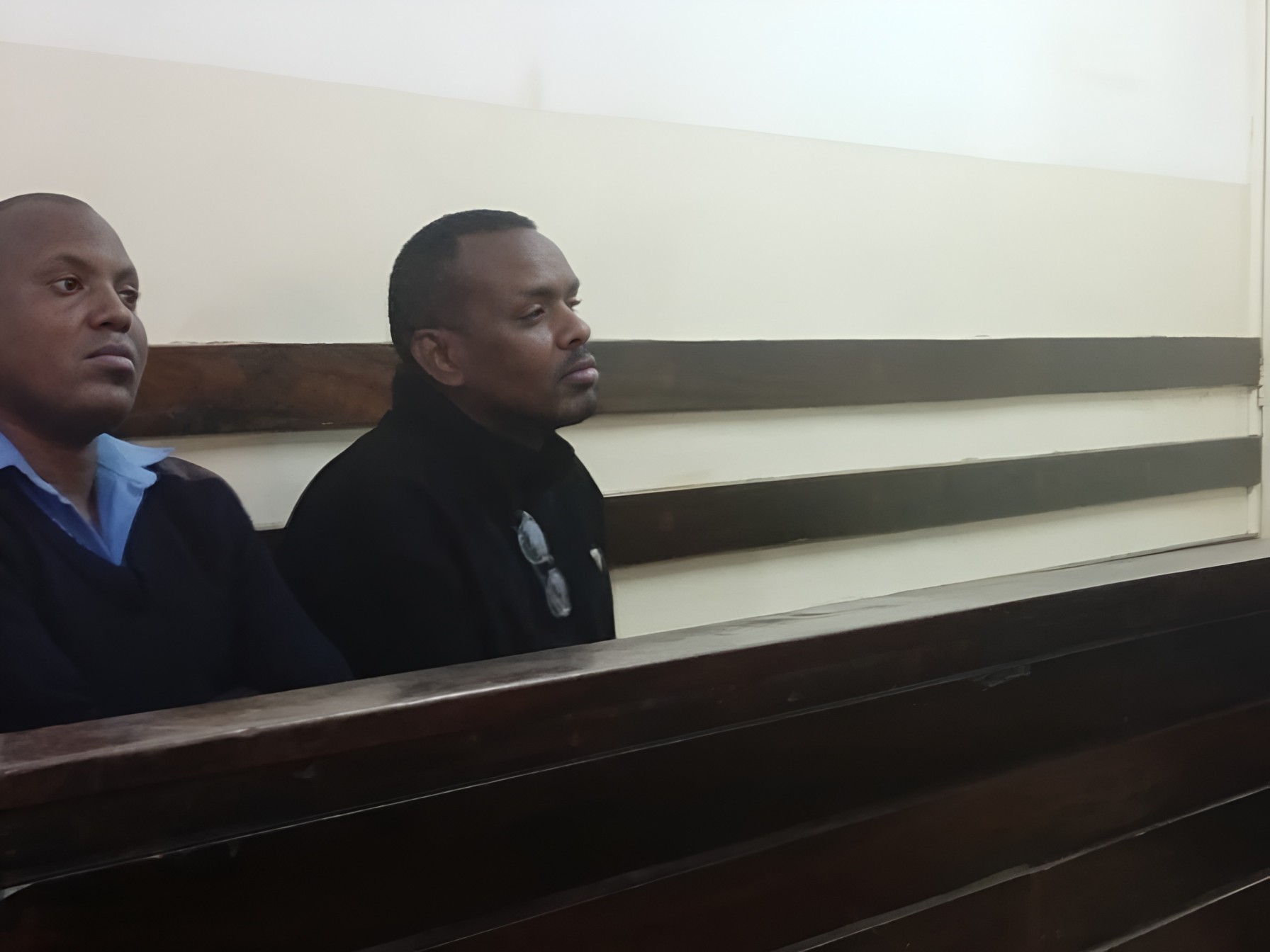Ballistic expert: Bullet from Eastleigh shooting not linked to Rashid’s gun

A senior police ballistic expert testified that despite finding some similarities, the bullet was too deformed to make a definite match with Rashid’s gun
A Nairobi court has heard that a bullet recovered from a 2017 shooting in Eastleigh cannot be conclusively linked to the firearm of police officer Ahmed Rashid, who is on trial for the killing of two men during the incident.
A senior police ballistic expert, who is currently the Staffing Officer Administration at the Regional DCI office in Kisumu, testified that despite finding some similarities, the bullet was too deformed to make a definite match with Rashid’s gun.
The officer told the court he had worked for over 20 years at the DCI headquarters as a firearms examiner before taking up his current role.
Rashid, a well-known officer in Eastleigh, faces charges of murdering two men along 4th Street on March 31, 2017.
The incident, partly captured on video and widely shared online, fueled heated public debate about alleged extra-judicial killings by police.
The expert testified that on April 13, 2017, exhibits from the case were delivered to the DCI Ballistic Laboratory by PC Joseph Owenga and recorded under Lab Reference No. 215/2017.
A second set of exhibits was submitted on May 9, 2017 by PC Reuben Mwaniki under Lab Reference No. 261/2017.
“I conducted a microscopic comparative analysis of the test bullets fired from the submitted pistols, coded PA2 and PA3, against the recovered exhibit bullet marked ‘A’,” the officer said.
His findings showed that bullet (A) had six polygonal rifling impressions with a right-hand twist, similar to those from pistol PA2.
But he explained that the bullet’s base, surface, and tip were badly deformed after striking a hard surface, making it impossible to conclusively link it to that weapon.
“The deformation strained the dimensions and orientation of the rifling impressions. While similarities were observed, they were not sufficient for me to give a conclusive opinion,” he told the court.
He further explained that while polygonal rifling features appear in several firearms, each weapon leaves unique microscopic markings that must be consistent and clear for positive identification.
In total, seven complete bullets and four fragments were submitted for analysis.
Based on his assessment, the expert said it was not possible to determine how many guns had been used in the shooting.
He added that only pistol PA2 displayed characteristics close to those on exhibit (A), while another pistol coded C1 also showed polygonal features but was not suitable for comparison.
“In conclusion, my analysis established that although bullet (A) shared some similarities with test bullets fired from PA2, the available evidence was insufficient to conclusively prove that it was fired from that particular firearm,” he said.
The hearing against Rashid continues.
